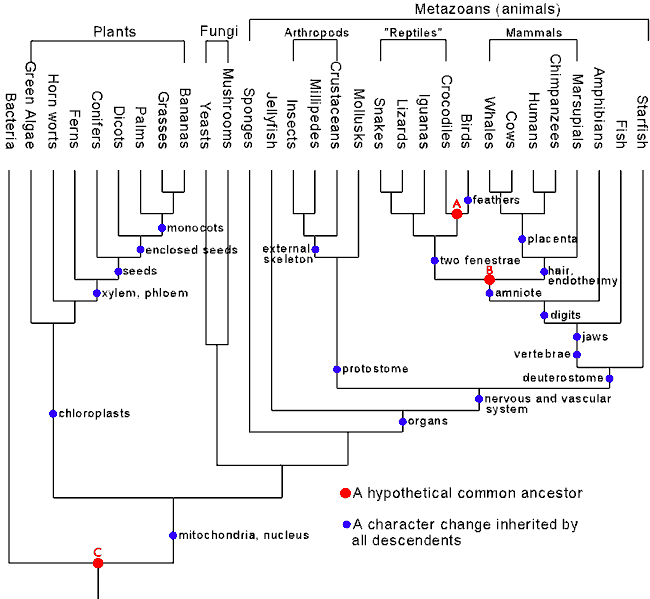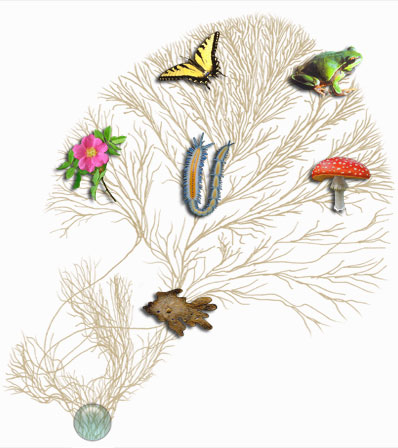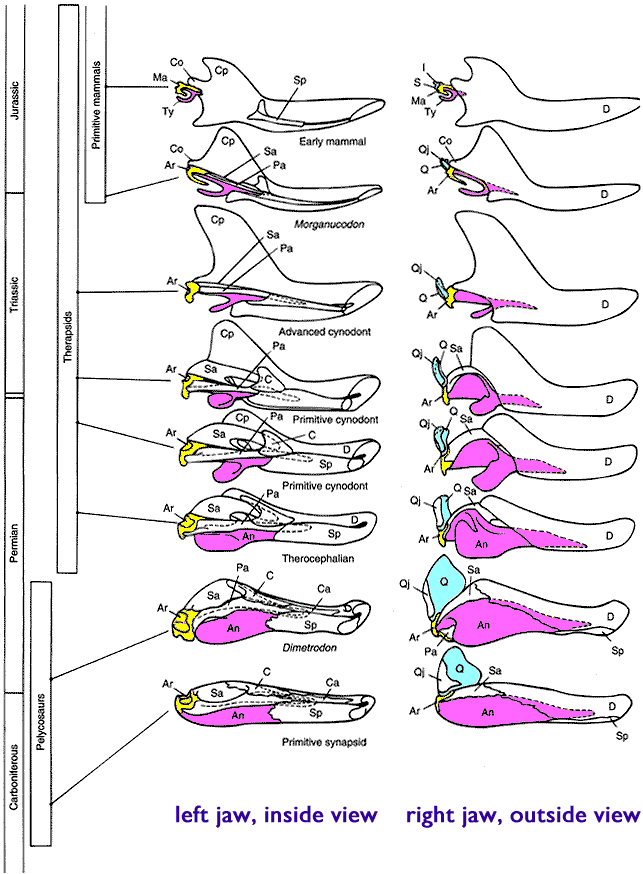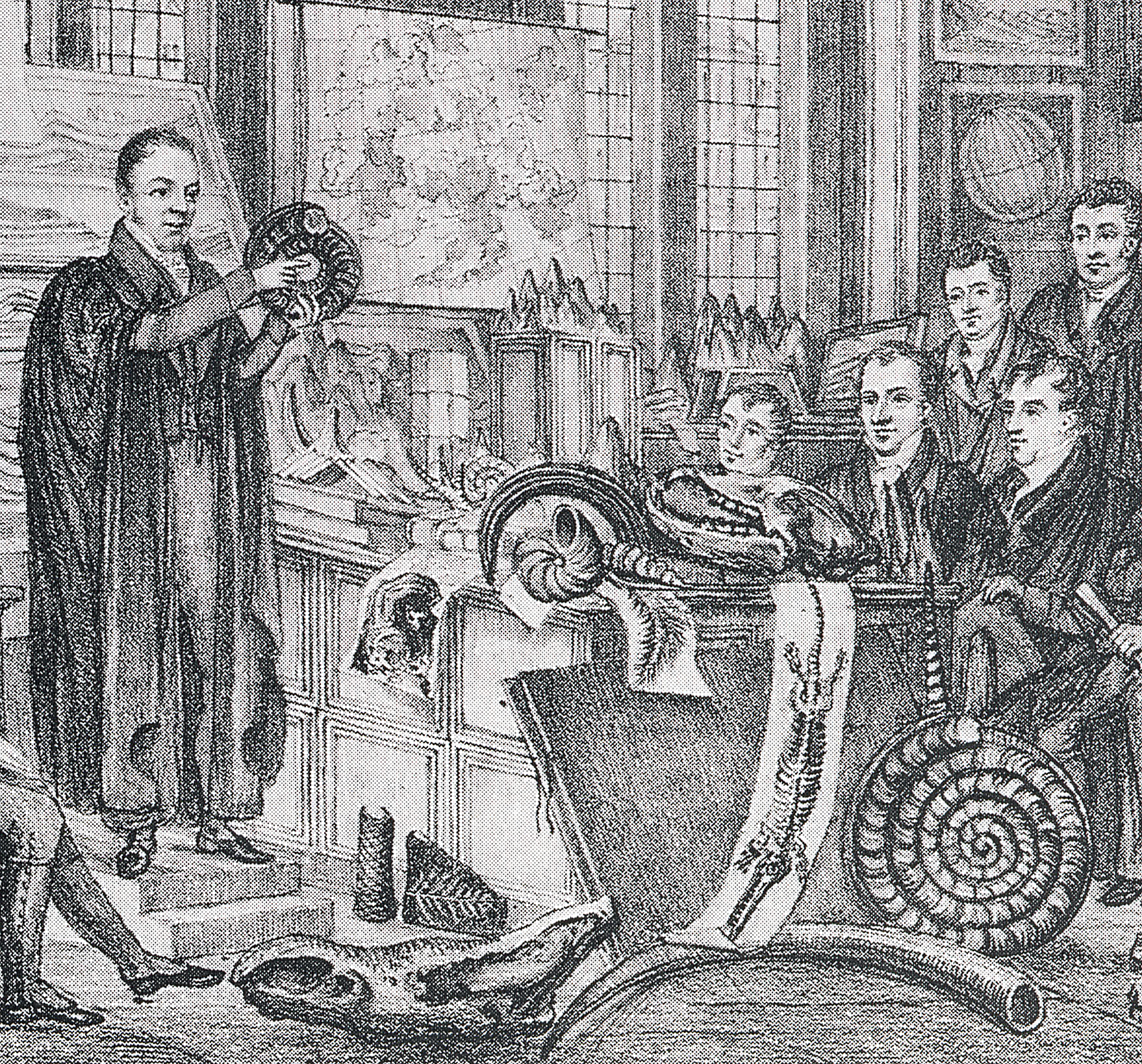This will not be a post about the ambiguity surrounding the term kind when used by creationists. The lack of taxonomic clarity can be largely ignored, as the philosophical ideas expressed through the term need to first be addressed. Kinds, in this post, will simply mean a discrete group of closely related organisms. I will attempt to demonstrate that the common creationist usage of kind goes beyond what Scripture teaches, being instead an interpretation of the possible meaning of the term, rather than its actual meaning. Many creationist arguments focus on this term, yet these, I hope to show, are not inherently Biblical.
What the Bible Says
Genesis 1:11-13 (emphasis mine)
Then God said, “Let the land produce vegetation: seed-bearing plants and trees on the land that bear fruit with seed in it, according to their various kinds.” And it was so. 12 The land produced vegetation: plants bearing seed according to their kinds and trees bearing fruit with seed in it according to their kinds. And God saw that it was good. 13 And there was evening, and there was morning—the third day.
Genesis 1:20-23
And God said, “Let the water teem with living creatures, and let birds fly above the earth across the vault of the sky.” 21 So God created the great creatures of the sea and every living thing with which the water teems and that moves about in it, according to their kinds, and every winged bird according to its kind. And God saw that it was good. 22 God blessed them and said, “Be fruitful and increase in number and fill the water in the seas, and let the birds increase on the earth.” 23 And there was evening, and there was morning—the fifth day.
Genesis 1:24-25
And God said, “Let the land produce living creatures according to their kinds: the livestock, the creatures that move along the ground, and the wild animals, each according to its kind.” And it was so. 25 God made the wild animals according to their kinds, the livestock according to their kinds, and all the creatures that move along the ground according to their kinds. And God saw that it was good.
When we look at the term kind based on Scripture alone, there is no definition given. It seems that we can say with certainty that they could reproduce and likely also that we could group them together. Trying to interbreed separate kinds would be seen as unnatural, based on Genesis 1. Anything more than that is not invalid, but cannot claim to be wholly Scriptural. (The term is used in other places in Scripture, such as Genesis 7 and Deuteronomy 14, but in no way which adds to our understanding.)
Creationism and Essentialism
The creationist concept of kind goes beyond the ambiguity of Genesis in an attempt to make more scientifically robust claims. Kinds can vary, but new kinds cannot be produced and the separate kinds are not related. This is a form of essentialism, which, when applied to biology, claims that species are unchanging through time. Creationists now have to acknowledge that species do change, but they are considered to be either deviations or well within the essential range of the kind in question (the classic example is that dogs vary enormously, but will always have the defining characteristics of dogs).
Essentialism is a philosophy which stems from the ideas of Plato, particularly Platonic idealism, which has been unwittingly embraced by creationists. In order to understand the implications of kind, creationists have been using what I will label an "essentialist theology of kind". This is widely considered to be the common biological understanding before Darwin's work favoured population thinking. The essentialist theology of kind is an explanation and interpretation of the Biblical term, but it must be acknowledged that it is not the only possible explanation and interpretation of kind.
The Purpose of a Theology of Kind
A theology of kind is developed to provide a more thorough understanding of what the Bible is saying about creation. It is effectively trying to bridge a gap between our scientific knowledge and our Scriptural knowledge with regards to biological classification. It is nothing more than an interpretation, one we could almost label a hypothesis, which must be consistent with the Bible and with the scientific data. If it cannot fit them both, then it is insufficient and subject to either change or rejection for a better model.
The essentialist theology of kind is often used improperly by creationists. It is presupposed as the only Biblically consistent explanation and instead of being tested against the scientific data, it is used to dictate it. Their definitions of kind are clearly Biblically consistent, but break down when tested against the biological data.
A Darwinian Theology of Kind?
Darwinian population thinking has replaced essentialism in our understanding of biology. Is it possible to have a Darwinian theology of kind which can replace the outdated essentialist theology of kind which creationists favour? In theory the answer should be yes, as it would clearly be consistent with the biological data. The problem is when we ask if it is consistent with the Biblical claims.
Creationists, using their essentialist thought, would reject the Darwinian understanding outright. Darwinian evolution makes claims which go contrary to their essentialist ideas, however, it is not the essentialism which is inherent in the Bible. Based on Scripture alone there is no real inconsistency between a Darwinian theology and the Biblical term kind. In evolution, organisms can be argued to be reproducing after their kind, as evolution is a branching process which does not involve organisms suddenly leaping across the evolutionary tree; such an occurrence would be evidence against the modern theory of evolution. Evolution produces a pattern of nested hierarchies, groups within groups, or, to borrow from the Bible, they can be seen as kinds within kinds.
The following image is from a creationist website:
It shows dichotomies, with the groups diversifying, yet remaining the same kind. Turn it upside down and change some of the arbitrary details (the use of circles, for example) and you will probably be reminded of the following type of diagram:
The modern understanding of kinds as used by creationists is suspiciously similar to the Darwinian concept. The only differences really are their arbitrary distinctions of kinds and the time-scales involved. Look at the phylogenetic tree and follow a line from the bottom to the top; all the way along that line were ancestor-descendent relationships which can fit a Biblical definition of kind.
Conclusion
The essentialist theology of kind used by creationists is not sufficient to explain the biological data and should not be considered synonymous with the Biblical use of kind. It can potentially be replaced with a Darwinian concept of kind, one which is Biblically and biologically consistent. This, however, is unnecessary. There is no need to bridge science and Scripture using a term which has no pragmatic meaning. Sticking to what Genesis says allows for both theologies of kind to be entertained, but there is no reason to embrace either, for we risk forcing those views upon the text instead of allowing it to speak for itself. With the Bible allowed to speak, it is clear that all organisms are blessed by God to reproduce, anything more and we are going beyond the book.















.jpg)











